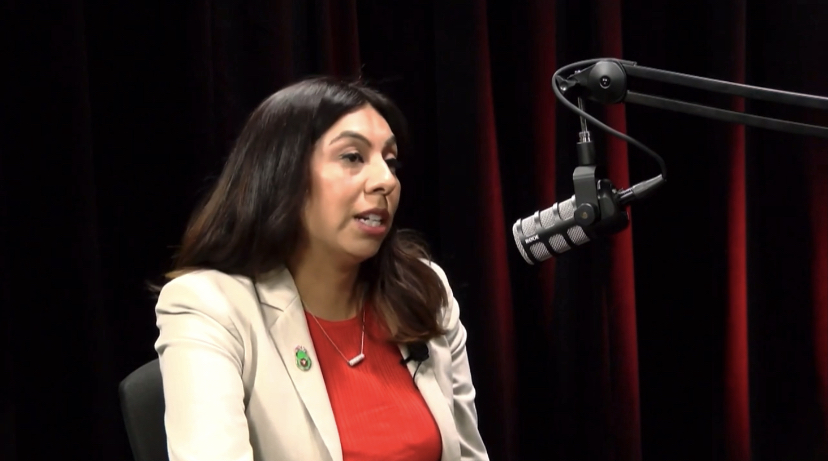With multi-unit dwellings giving way to single-unit homes, neighborhoods like Logan Square, Humboldt Park, Pilsen, La Villita, with a historic high number of Latino residents, are seeing their numbers dwindle.
Gentrification is driving out Latino residents and with them the ethnic and cultural identities of neighborhoods that were once major gateways for new immigrants, primarily from Mexico and Latin American countries. Now those neighborhoods are attracting wealthy, and often white, residents.
As property taxes spike and community members remain on fixed incomes, many homeowners feel they’re being pushed out of the neighborhood they’ve lived in their whole life.
The Cook County Assessor’s Office wants the public to understand what programs are out there to help them. Angelina Romero, Chief Communications Officer at the Cook County Assessor’s Office, was a guest on the podcast, “3 Questions With…”, hosted by Hugo Balta, publisher of IL Latino News.
There are over 130 different municipalities in Cook County, Chicago. The state of Illinois is known to have some of the highest property taxes in the U.S, and Cook County is no different with an average effective rate of 2.19%, more than double the national average, according to smartasset.
It’s an issue that Romero says the Assessor’s Office works with the community by providing information and education. “We use an algorithmic model with these (property) values,” she said that takes into account sales data over the last three years. Romero says there’s a misconception that the Assessor’s Office goes out into the communities and appraises every single property.
The Office uses a market model that includes property characteristics such as the square footage and age of a home in determining what it would sell for in today’s market. “If you see homes go up in your neighborhood, it’s very likely your home (is also) valued as more.” For residential properties, per Cook County, a property’s assessed value equals 10% of its fair market value.
Romero says there’s a flip side to property values going up, “Your equity power increases, but it also increases your property taxes.” It’s those increases that are often the root cause of gentrification. “There’s definitely been a lot of gentrification going on in Mexican American neighborhoods, Latino neighborhoods across Chicago.” She says Cook County Assessor Fritz Kaegi and his staff have been heavily involved in think tank initiatives like the one in Pilsen where community leaders invited the Office to provide feedback and help with any policy changes; including accompanying them to advocate in Springfield.
“It’s hard to hear those stories,” said Romero about public testimonials at town halls from home owners on the effects of gentrification. “They are people who look just like you, your grandmother, your parents. I feel for them and their neighborhoods.”
Romero also shared how her “Nana” (what she affectionately calls her grandmother) instilled the importance of homeownership and how it provides “safety, shelter, and security – something that you can pass down to your family.” That lived experience inspired a career in public service with a focus on housing. “She was the type that always took in anyone who needed a place to stay, or that maybe was going through a difficult time.”
“3 Questions With…” is co-produced by the Latino News Network (LNN), an independent, multimedia digital news outlet with local newsrooms in the Northeast and Midwest, including IL Latino News and CAN TV, Chicago’s hub for community centric news, hyperlocal stories and educational resources.
